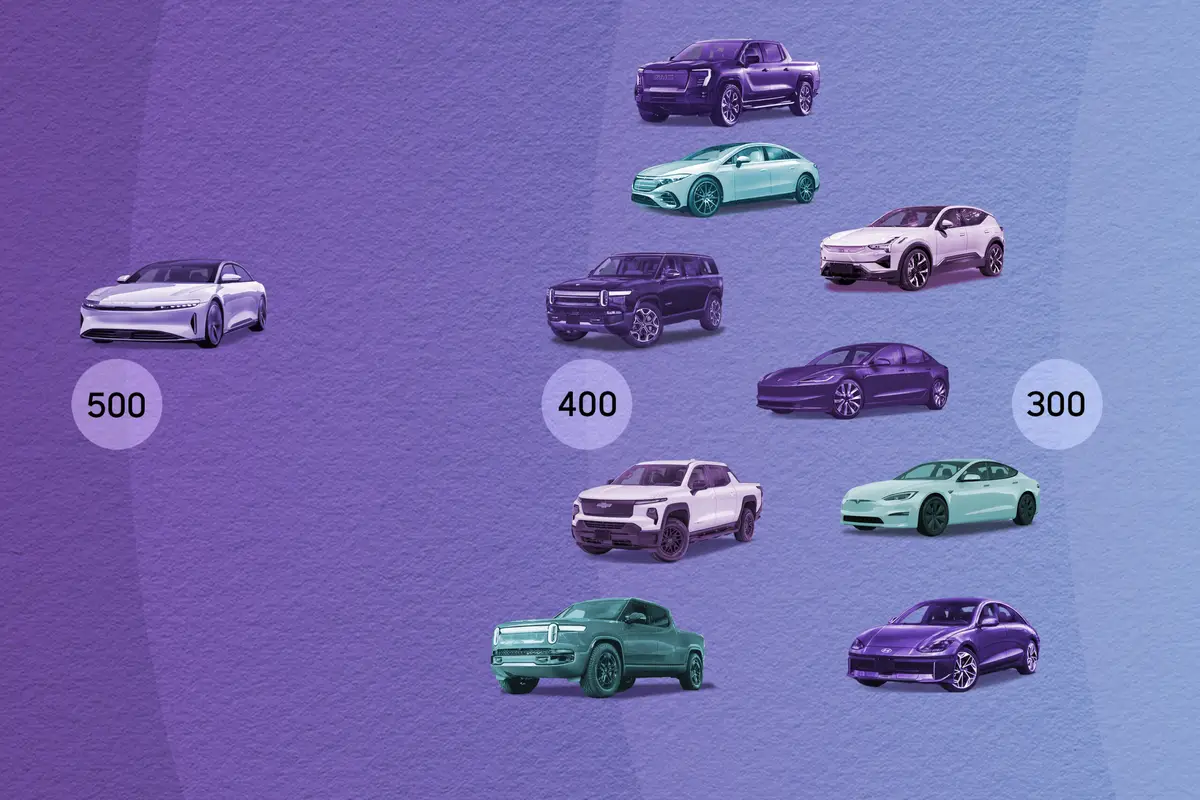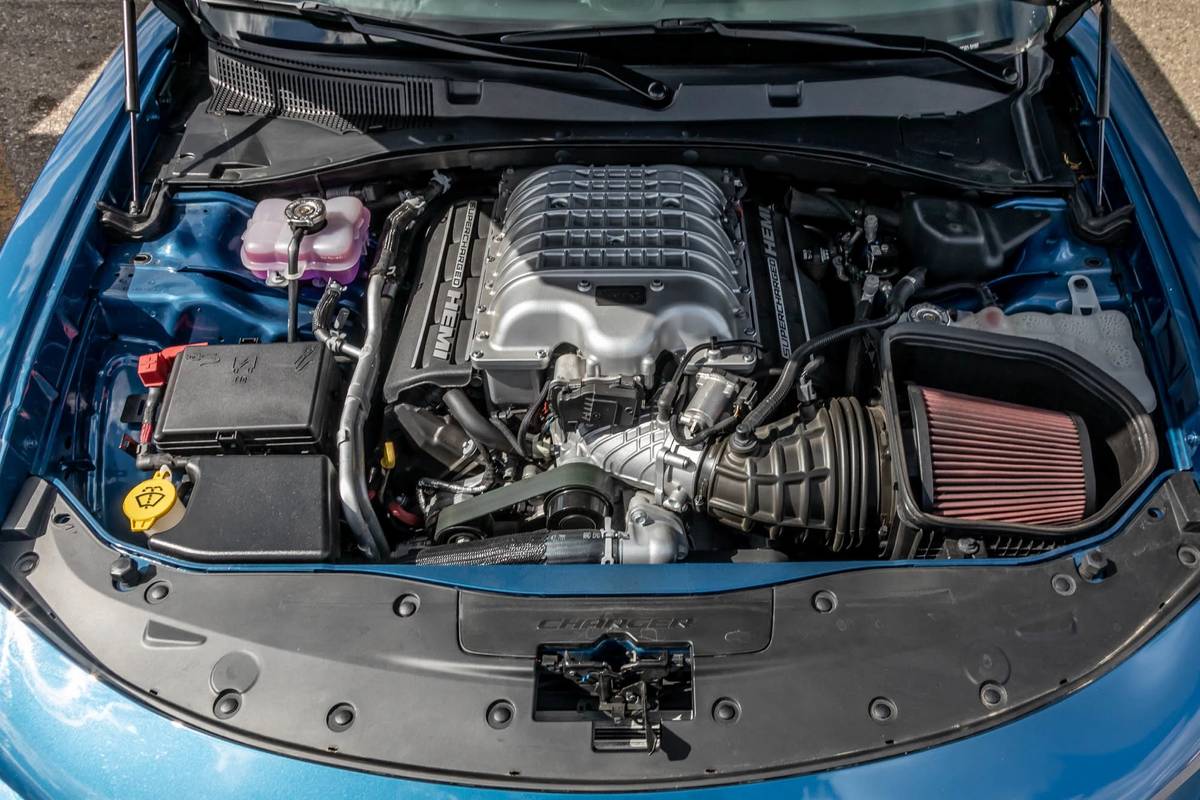washingtonpost.com's view
GENEVA — Little things done exceptionally well in small cars make a big difference to consumers. That means the 2007 Toyota Yaris sedan and hatchback automobiles could become big hits when they go on sale in the United States this spring.
The conditional phrasing is needed because things are not what they once were in the car business. Toyota Motor Corp. no longer is the undisputed leader in matters of vehicle quality and reliability.
It is not that Toyota has gotten worse. It’s just that other car companies, including the once-maligned Koreans, have gotten better. For consumers in search of small, fuel-efficient automobiles — a hunt that will increase in intensity in the summer if U.S. gasoline prices surge once again — that is a good thing.
For the first time in decades, U.S. buyers will have a parade of attractive small cars available at reasonably affordable prices. On sale will be the Nissan Versa, the Honda Fit and the completely revised Chevrolet Aveo. South Korean automakers Hyundai and Kia are planning new entries, or substantial upgrades of their older models. Mazda Motor Co. plans to increase production of its hot-selling Mazda3, which also uses the same platform and many of the components employed in Ford Motor Co.’s Focus cars.
It’s a fully declared small-cars war that will heat up even more when the front-wheel-drive Yaris, which replaces the Toyota Echo, enters the U.S. market.
Judging from my drives of prototype 2007 Yaris models, Toyota intends to fight back with style, which was totally absent from the technically high-quality, but dismally drab Echo.
No such appearance problems attend to the Yaris, which has been on sale in Europe almost as long as the Echo has been sold in America. And therein is hard proof of what a number of U.S. automotive journalists have been complaining about for years.
Here in Europe, where high fuel taxes actually help stabilize motor fuel prices, thus creating a vibrant market for small cars, automobile manufacturers tend to offer their most attractive models — including those, that like the Yaris and Echo, shared many of the same underpinnings. In Europe, car companies feel that they can go for more profit on small cars by adding a bit more style and panache.
But selling small cars in the cheap-gas-crazy United States long has been a loss-leader proposition — until recently. Now, the car companies believe that rising U.S. fuel prices have given them an opening to introduce the kind and quality of small cars they sell here.
The Yaris, completely redone for 2007, built on a slightly larger platform than its Yaris-Echo predecessor, fits that mold. It’s cute inside and out, especially in sedan form. The body is tight, rigid. The suspension — with independent McPherson struts and L-arms and coil springs up front and a torsion beam in the rear — produces ride and handling that border on sporty. Even at highway speeds, the little car has gutsy acceleration and remarkably good road manners.
But the most appealing thing about the Yaris is the car’s overall attention to detail, especially in the interior, which is dominated by an appealing center console stack that can support an iPod, MP3 player or other electronic and information gizmos.
In Europe and Japan, the popular version is the Yaris Liftback (a five-door hatchback to us in the United States). But in America, Toyota believes that 80 percent of the Yaris models will be sold as four-door sedans.
For my money, the sedan is more attractive, more sophisticated. But the hatchback actually makes more sense for truly budget-minded shoppers who also need more cargo space in an economy car.
Toyota is likely to do well with the Yaris despite the enormous competition facing that car in the U.S. market. It will make Toyota’s rivals try even harder to win, and that’s a very good thing for all of us.
– – –
Nuts & Bolts
2007 Toyota Yaris
Downside: Toyota’s Yaris is vulnerable in the packaging department. In its bid to keep the car’s list price down, Toyota is offering many of its features, such as side air bags and automatic transmission, as optional equipment. Expect the Koreans to one-up Toyota by offering that equipment as standard at prices rivaling those charged for the Yaris.
Ride, acceleration and handling: Very good in all three categories. There is nothing to complain about here.
Head-turning quotient: The Yaris is much cuter than the Echo; but the Echo is one of the ugliest cars ever made. More people will like the Yaris.
Body style/layout: The Yaris is a subcompact, front-wheel-drive, front-engine economy car sold as a four-door sedan with a traditional notchback trunk, or as a five-door hatchback. Toyota will offer a sporty version of the sedan, the Yaris S.
Engine/transmission: The Yaris is equipped with a standard 1.5-liter, four-cylinder, 16-valve engine with electronically controlled variable-valve timing that develops 106 horsepower at 6,000 revolutions per minute and 103 foot-pounds of torque at 4,200 rpm. The engine is linked to a standard five-speed manual transmission. A four-speed automatic is optional.
Cargo and fuel capacities: In both the sedan and the hatchback, there is seating for five people. Cargo capacity in the sedan is 12.9 cubic feet, a tad more in the hatchback. Fuel capacity is 11.1 gallons of gasoline. Regular unleaded is okay.
Mileage: Most of my driving was in the sedan with automatic transmission. I averaged 37 miles per gallon on the highway.
Safety: Traditional, federally required air bags and seat belts. Side and head air bags are optional. I’d pay for those options.
Prices: The Yaris cars go on sale in the United States this spring. Base prices will range from $11,825 to $14,050 depending on the model chosen.
Purse-strings note: It’s a small-cars war. That means you can bargain.
Latest news



